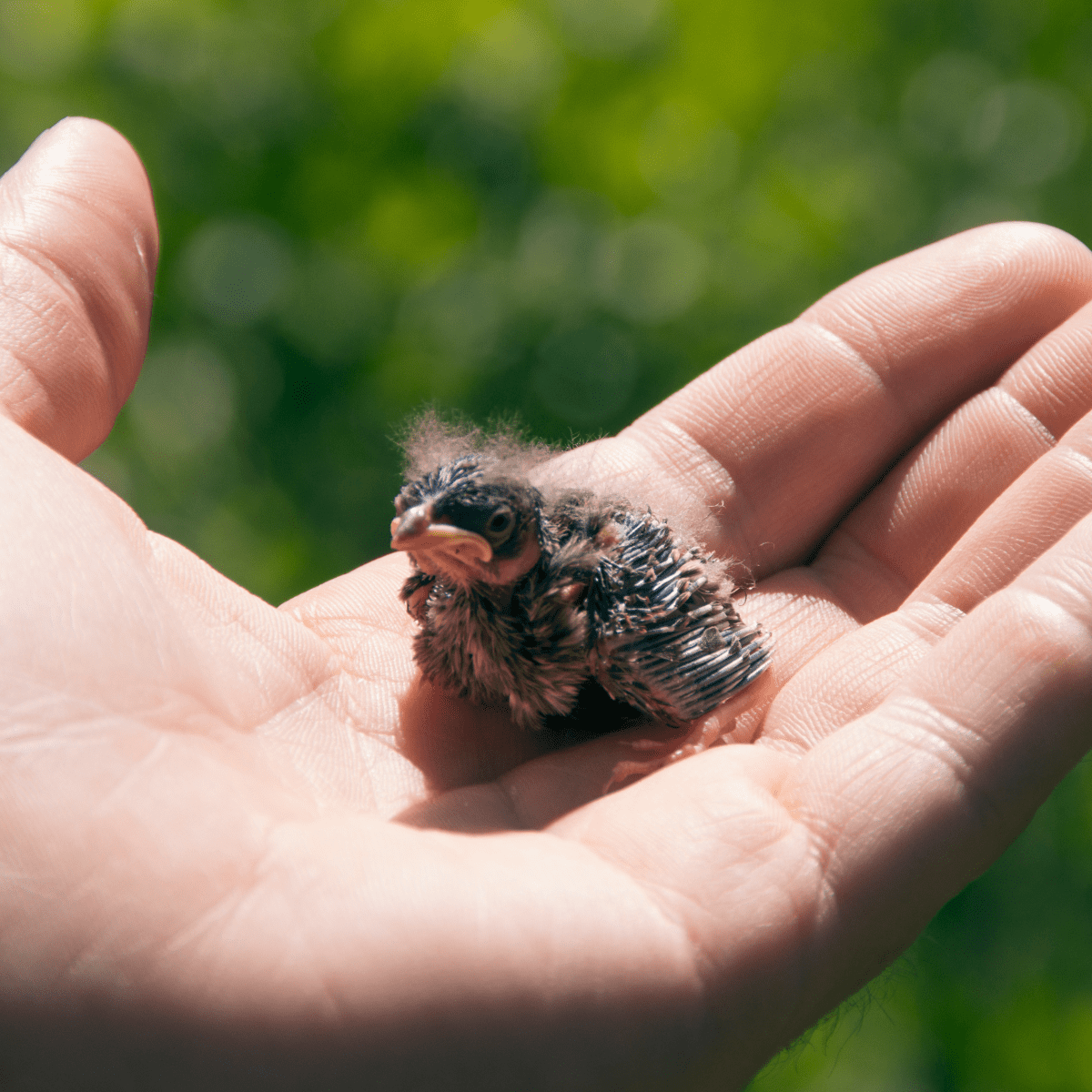
Caring for Wild Baby Birds: A Comprehensive Guide
Introduction
Encountering a baby bird outside its nest can be a heartwarming experience, but it also brings a sense of responsibility. These fragile creatures rely heavily on their parents for survival, and if they are separated, they may face numerous challenges. While it is tempting to intervene and provide care, it is crucial to approach the situation with caution and knowledge. This comprehensive guide will provide you with detailed instructions on how to care for wild baby birds, ensuring their well-being and maximizing their chances of survival.
Assessing the Situation
Before taking any action, it is essential to assess the situation and determine if the baby bird needs assistance. Observe the bird’s behavior and surroundings carefully.
- Nestlings: Nestlings are young birds that are unable to fly or care for themselves. They are typically found on the ground or in a nest and have sparse feathers.
- Fledglings: Fledglings are older birds that have recently left the nest but are still dependent on their parents for food. They have more developed feathers and may be able to flutter or hop short distances.
If the baby bird is a nestling, it is likely in need of immediate assistance. However, if it is a fledgling, it may be best to observe it from a distance for a few hours to see if its parents return. If the parents do not return within a few hours, or if the bird appears injured or distressed, it may require intervention.
Providing Shelter
If you determine that the baby bird needs assistance, the first step is to provide it with a safe and comfortable shelter.
- Nest Box: Create a small nest box using a cardboard box or a plastic container with holes for ventilation. Line the box with soft materials such as tissue paper, paper towels, or a piece of an old t-shirt.
- Warmth: Baby birds are highly susceptible to cold, so it is crucial to keep them warm. Place a heating pad or a hot water bottle wrapped in a towel at the bottom of the nest box. Ensure that the heat source is not too hot and that the bird can move away from it if necessary.
Feeding the Baby Bird
Feeding a baby bird is a delicate task that requires specialized knowledge. It is highly recommended to consult with a wildlife rehabilitator or veterinarian for guidance on the appropriate diet and feeding schedule.
- Formula: Commercially available baby bird formula is the most suitable food for orphaned birds. Follow the manufacturer’s instructions carefully for mixing and feeding.
- Feeding Method: Use a syringe or a dropper to gently feed the bird. Do not overfeed the bird, as this can lead to digestive problems. Feed the bird small amounts at regular intervals throughout the day.
- Hydration: Baby birds can become dehydrated quickly, so it is important to provide them with water. Offer small drops of water from a syringe or dropper.
Hygiene and Sanitation
Maintaining a clean and sanitary environment is essential for the health of the baby bird.
- Cleaning the Nest Box: Regularly clean the nest box by removing any soiled materials and replacing them with fresh ones.
- Bathing: Baby birds do not need to be bathed, but you can gently wipe their feathers with a damp cloth to remove any dirt or debris.
- Parasite Control: Baby birds can be susceptible to parasites such as mites and lice. Consult with a veterinarian or wildlife rehabilitator for advice on parasite control measures.
Releasing the Baby Bird
The ultimate goal of caring for a wild baby bird is to release it back into its natural habitat. Once the bird is fully feathered and able to fly and feed itself, it is time to release it.
- Soft Release: Gradually introduce the bird to the outdoors by placing it in a protected area, such as a screened-in porch or a large cage, for a few days. This will allow it to acclimate to its surroundings and practice its flying skills.
- Hard Release: Once the bird is comfortable in the protected area, release it into a suitable habitat. Choose a location that provides ample food and shelter.
When to Seek Professional Help
While this guide provides general instructions on caring for wild baby birds, it is crucial to seek professional help if you encounter any of the following situations:
- The bird is injured or appears sick.
- You are unable to provide the necessary care for the bird.
- The bird is a protected species.
- You are unsure about the species of the bird.
Wildlife rehabilitators and veterinarians have the expertise and resources to provide specialized care for wild baby birds, increasing their chances of survival and successful release.
Conclusion
Caring for a wild baby bird is a rewarding experience, but it also requires a significant commitment of time, effort, and knowledge. By following the guidelines outlined in this comprehensive guide, you can provide the necessary care for the baby bird, ensuring its well-being and maximizing its chances of survival and release back into its natural habitat. Remember to prioritize the bird’s health and safety, and seek professional help when necessary.
